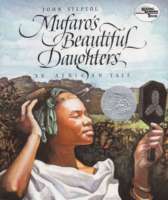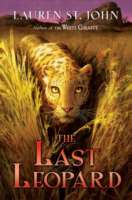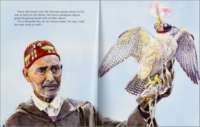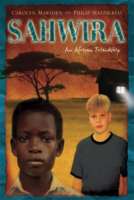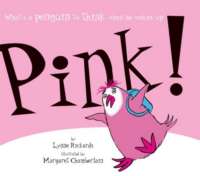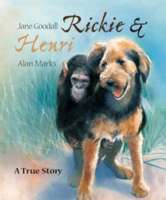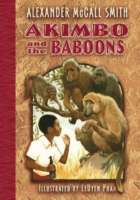
Akimbo is excited to have his cousin, Kosi, visit him on the game reserve where he lives, and when a visiting scientist invites the boys to join her when she studies a pack of baboons, they can’t wait to assist her in the bush. The baboons they find are fun to observe, but when a black leopard threatens the pack—and the scientist—Akimbo and Kosi are reminded that danger is ever present in the African bush. Alexander McCall Smith takes young readers on a safari to his beloved Africa in this perfect first chapter book, beautifully brought to life with illustrations by LeUyen Pham.


